Solar Panel Technology – Exploring the Science
Sunlight transformation, the art of harnessing sunbeams into electrical power, is a field of research with a legacy dating back to the mid-20th century. In recent years, it has attained paramount prominence in the quest for green, sustainable energy solutions. As the renewable energy sector surges forward, solar panel technology has emerged as a crucial player, combating carbon footprint and contributing to the global energy requirement fulfillment.
How Solar Panel Technology Works
Solar Cell Basics
Photovoltaic cells, also known as solar cells, are the core of solar panel tech. These cells, crafted from semiconducting materials like silicon, convert sunlight into electrical energy via the photovoltaic effect, first observed by Becquerel in 1839.
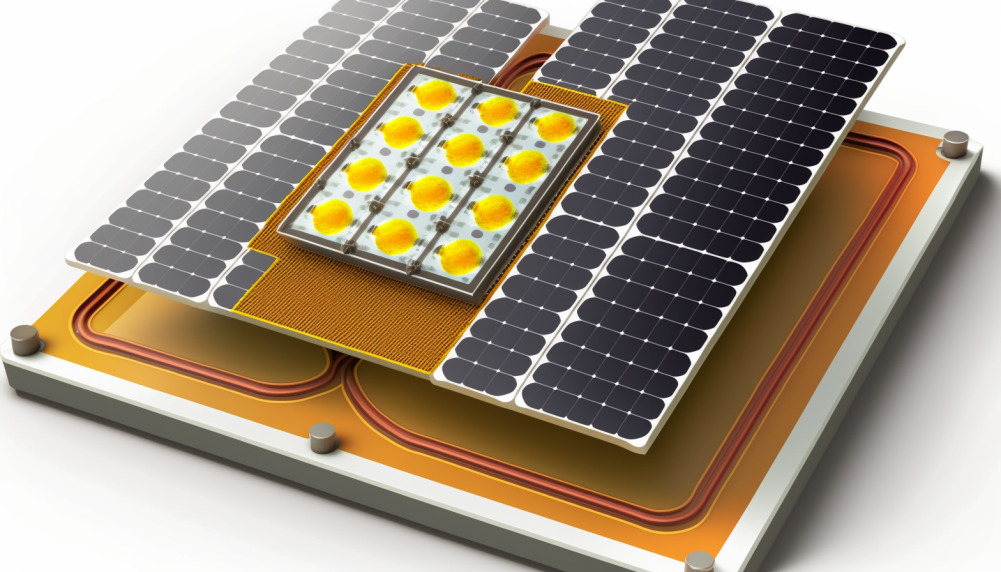
When sun rays hit the semiconductor, it liberates electrons from their atomic bonds, creating an electric charge. This flow of electrons generates electrical energy.
Solar cells consist of two charged layers, positive and negative, separated by a p-n junction. Light absorption in the cell drives electrons from the negative layer towards the positive layer, producing an electric current. This current can then be utilized in external circuits to yield electricity. Single solar cells generate limited power, so multiple cells are combined to form a solar panel for greater output.
Solar cells are efficient, durable, eco-friendly, and require minimal maintenance. Their popularity is growing as a source of energy for homes, businesses, and communities. Thanks to materials science advancements, solar cell efficiency continues to rise, making it a promising solution for meeting global energy demands.
Photovoltaic Effect
The photovoltaic effect, the generation of an electrical voltage upon light exposure, is the foundation of solar panel technology. Becquerel observed this effect in 1839, and since then, researchers have been exploring ways to harness it for electricity production.
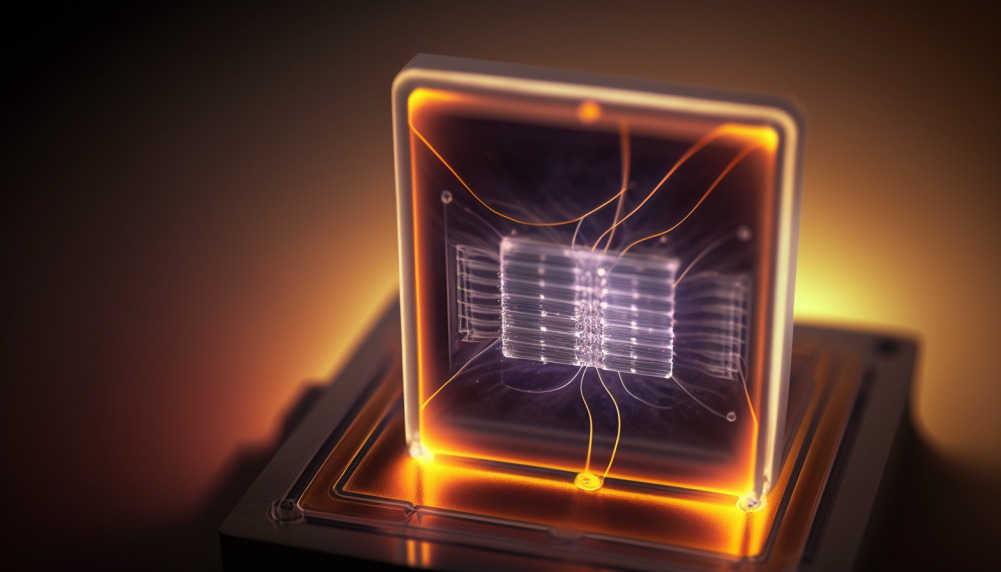
The photovoltaic effect occurs when sun photons hit electrons in a material, freeing them and creating an electric charge. Directing this charge through an external circuit yields an electric current, usable as electrical energy.
Semiconductors like silicon are popular materials for the photovoltaic effect due to their ability to generate electrical voltage upon light exposure. The efficiency of this effect is influenced by the material and cell quality.
Scientists continually work on improving the photovoltaic effect’s efficiency, leading to high-efficiency solar cells. Further research and development are expected to increase efficiency, making solar panel technology even more attractive for global energy needs.
In conclusion, the photovoltaic effect is critical to solar panel technology, and its ongoing improvement will drive the renewable energy sector’s growth.
Wiring and Connections
Wiring and connections, the crucial components of a solar panel system, facilitate the transfer of electrical energy generated by solar cells to either a battery or an inverter, transforming DC to usable AC electricity.
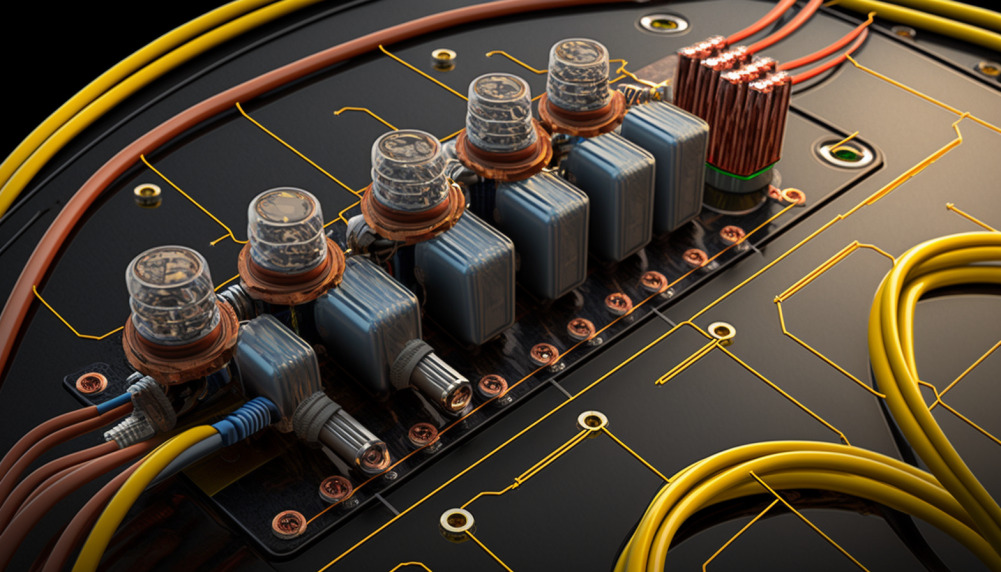
The design of these components must prioritize maximum efficiency and safety, using conductive materials like copper for wiring capable of handling generated energy with minimal losses. Protection from weather and pests is also necessary.
The connections between cells and wiring must be secure, reliable, and low-resistance for maximum energy transfer, achieved by using high-quality connectors and proper soldering.
Safety is also crucial, with the DC electricity being potentially dangerous. Wiring and connections must guarantee proper grounding and protection against electrical malfunctions like overloading and short circuits.
In conclusion, the wiring and connections play a vital role in a solar panel system’s functioning and must be designed carefully for maximum efficiency, reliability, and safety. With the renewable energy sector’s growth, the demand for top-quality wiring and connections will increase, making it a focus for engineers and technicians.
Types of Solar Cells
Solar cells convert sunlight into electricity, and there are various types, each with unique pros and cons. The most common is silicon cells, known for high efficiency and durability, commonly used in large-scale solar panels.
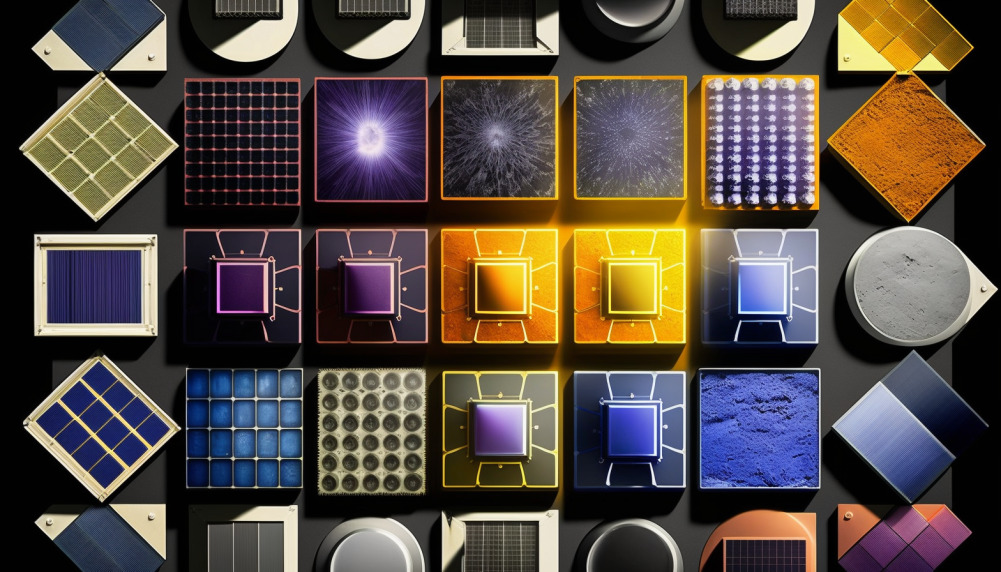
Thin-film cells, made from a thin layer of materials like cadmium telluride or amorphous silicon, are low-cost and versatile, used in applications ranging from portable electronics to large solar panels.
The realm of solar cells boasts a diverse array of options, ranging from organic to concentrating. Organic solar cells, also referred to as plastic cells, are constructed from organic materials and exhibit lightweight, flexibility, and cost-effectiveness, making them a potential catalyst in the renewable energy industry. On the other hand, concentrating solar cells, which harness lenses or mirrors to focus light onto tiny solar cells, boast remarkable efficiency but are typically only utilized in massive solar panel systems due to their complexity and cost.
The selection of solar cell type ultimately hinges upon the individual needs and demands of a given application. As research and innovation persists, the advent of novel solar cell varieties may bring forth an even greater range of alternatives for converting sunlight into electricity.
Materials Used in Solar Panel Technology
Silicon
Silicon reigns supreme as the material of choice in solar panel tech, serving as the primary ingredient in silicon solar cells. This naturally occurring element is plentiful, affordable, and ideal for solar cell fabrication.
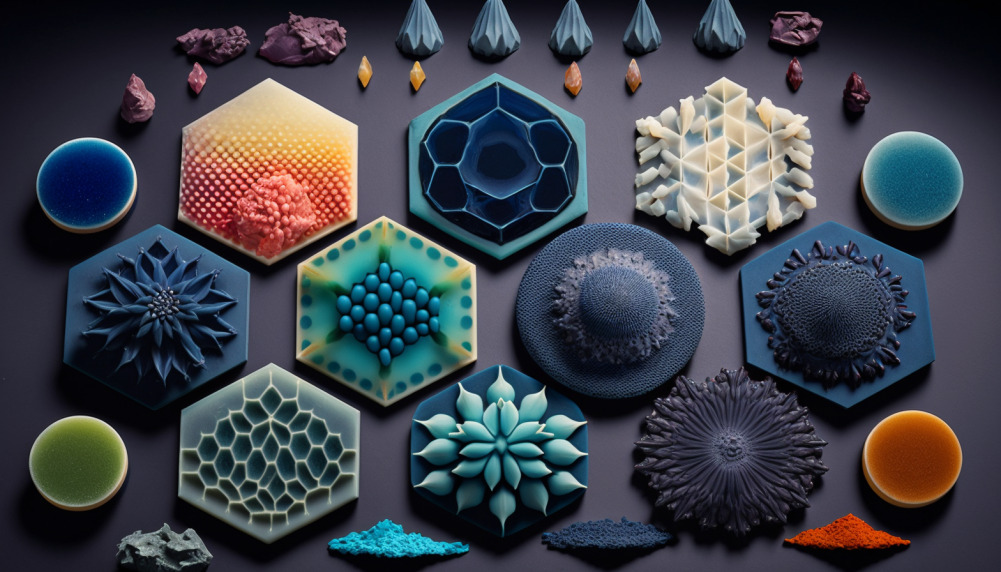
Silicon solar cells boast high efficiency, longevity, and environmental resilience, making them a favorite in large-scale solar panel setups.
Other materials used in Solar Panel Technology
Other than silicon, various materials are employed in solar panel manufacturing, including thin-film substances such as cadmium telluride, a-Si, and CIGS. These materials form thin-film solar cells, known for affordability and adaptability.
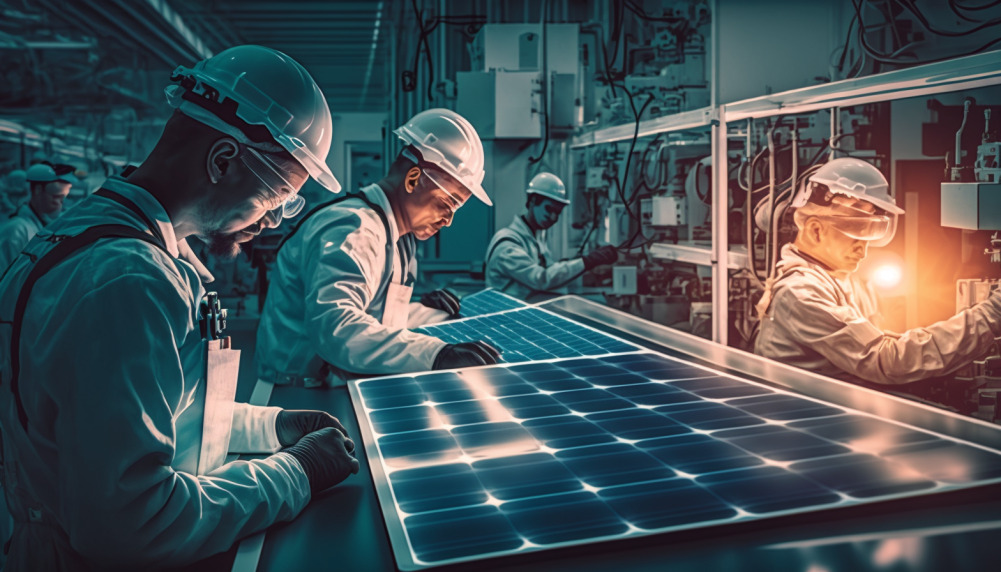
Organic matter, such as plastic, are utilized in the production of organic solar cells that exhibit lightweight, flexibility, and cost-effectiveness. Concentrating solar cells, employed in large-scale solar panel systems, rely on lenses/mirrors to concentrate light onto a miniscule solar cell and may be constructed from silicon or gallium arsenide.
Advantages and disadvantages of solar panel materials
Each material utilized in solar panel tech has its own pros and cons. Silicon cells have high efficiency and durability but come with a high cost of production.
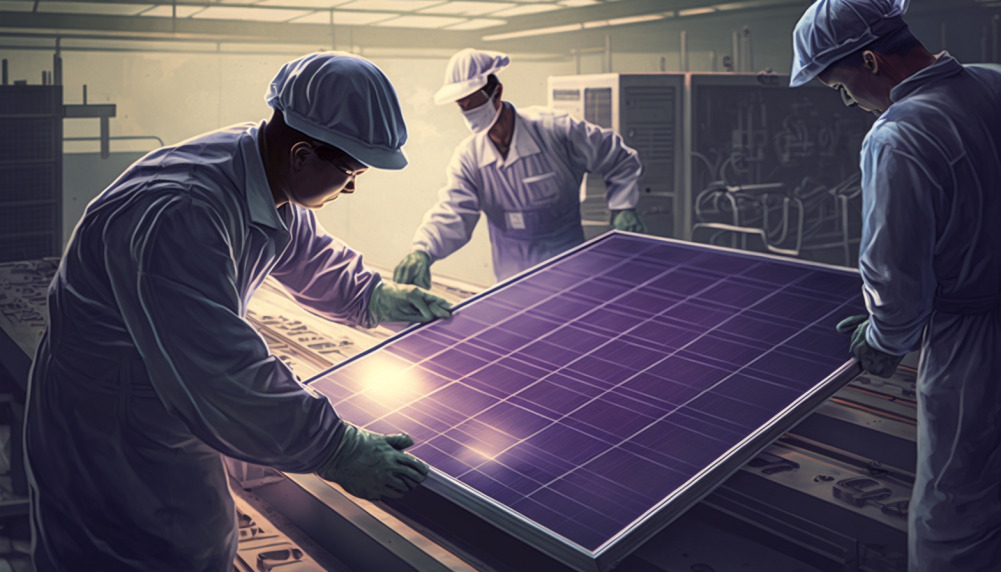
Thin-film materials like cadmium telluride offer affordability and versatility but have lower efficiency compared to silicon. Organic materials like plastic are lightweight, flexible, and low cost, but have a limited lifespan compared to silicon or thin-film cells. Concentrating cells exhibit high efficiency but are limited to large-scale solar panel systems due to cost and complexity.
The material choice for solar panel technology ultimately depends on the specific needs and demands of the application. With continuous research and advancements, new materials may emerge to expand the options for solar panel production.
Factors that Affect Solar Panel Efficiency
Weather and Climate
Weather and climate play a crucial role in solar panel efficiency. High temperatures common in desert areas can decrease the performance of solar panels over time, while moderate temps and consistent sunlight maximize efficiency.

Clouds, dust, and other atmospheric conditions can also significantly impact solar panel efficiency.
Panel orientation and tilt
A solar panel’s angle and tilt can also have an impact on its efficiency. Solar panels should be positioned toward the sun to optimize sunlight exposure.

Furthermore, the tilt of a solar panel should be changed to account for the sun’s shifting location during the day. A solar panel may not get enough sunlight to create power if it is not correctly positioned or slanted.
Light intensity
The amount of light that a solar panel gets can also have an impact on its efficiency. Solar panels perform best when exposed to direct, intense sunshine.
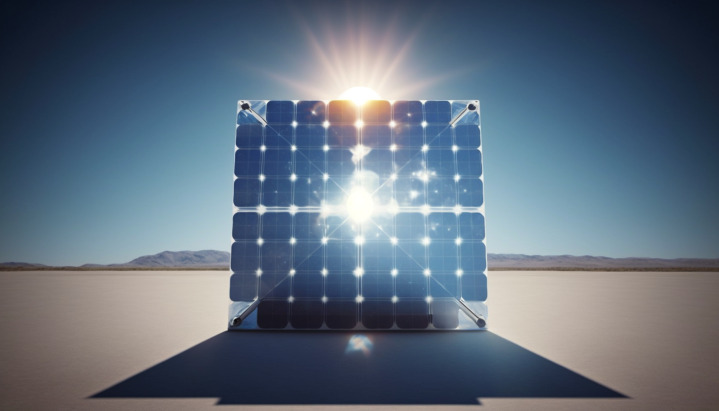
However, when solar panels get diffuse or scattered light, such as that encountered on overcast days or beneath tree cover, their efficiency might suffer.
Degradation of Solar Cells
Another aspect that might decrease the effectiveness of solar panels is the deterioration of solar cells. Solar cell performance can degrade over time owing to variables such as exposure to the weather, wear and tear, and other environmental conditions.
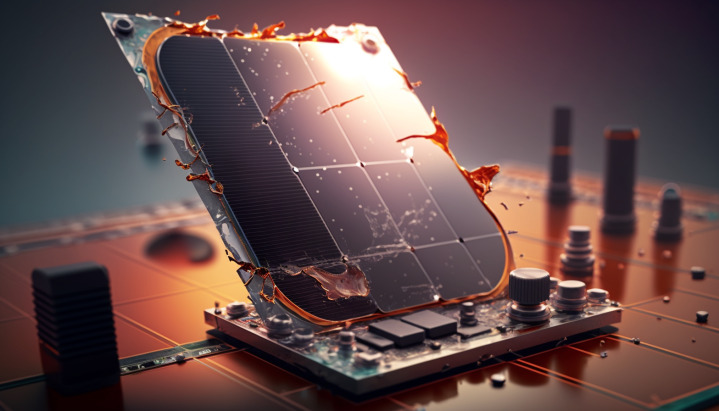
Furthermore, the manufacturing method and materials utilized in the manufacture of solar cells might influence the rate of deterioration over time.
The Future of Solar Panel Technology

Advancements in Solar Panel Technology
Solar panel technology is continually evolving, and new advancements are always being produced. Researchers are now attempting to improve the efficiency and cost-effectiveness of solar panels, making them more accessible to a larger spectrum of consumers. Furthermore, novel materials, such as perovskites and thin-film solar cells, are being investigated to increase the performance of solar panels.
Integration with other Technologies
Other technologies, such as energy storage systems, smart grids, and electric cars, are being merged with solar panel technology. Energy storage devices, for example, can store surplus electricity generated by solar panels for use when the panels are not producing electricity, such as at night. Smart networks can optimize the distribution of solar-generated electricity, while electric cars may use solar-generated electricity to power their batteries.
Challenges and Limitations
Despite its numerous advantages, broad adoption of solar panel technology faces obstacles and constraints. The cost of solar panels, as well as the expense of installing and maintaining them, is one of the most significant issues. Furthermore, the fluctuation of solar energy can pose issues for grid stability, and the intermittent nature of solar electricity can make integration into current energy systems problematic.
Potential impact on Energy consumption
Solar panel technology has the potential to significantly reduce energy usage if the problems and limits of the technology are solved. Solar panels, which generate electricity from sunshine, can help to reduce our dependency on fossil fuels, cut greenhouse gas emissions, and increase energy security. Furthermore, the utilization of solar panels can aid in the decentralization of energy production, providing people and communities more control over their energy requirements.
Conclusion
To summarize, the physics behind solar panel technology is complicated, but the fundamental ideas are simple. Solar cells employ the photovoltaic effect to turn sunlight into energy, and the materials used in solar panel technology, such as silicon and other elements, each have benefits and drawbacks. A multitude of factors influence solar panel efficiency, including weather and climate, panel orientation and tilt, light intensity, and solar cell deterioration. Despite the difficulties and restrictions, advances in solar panel technology and its integration with other technologies show enormous promise for the future. Solar panel technology has the potential to drastically reduce our dependency on fossil fuels, slash greenhouse gas emissions, and increase energy security, resulting in a more sustainable and environmentally friendly energy future if these improvements are properly implemented.


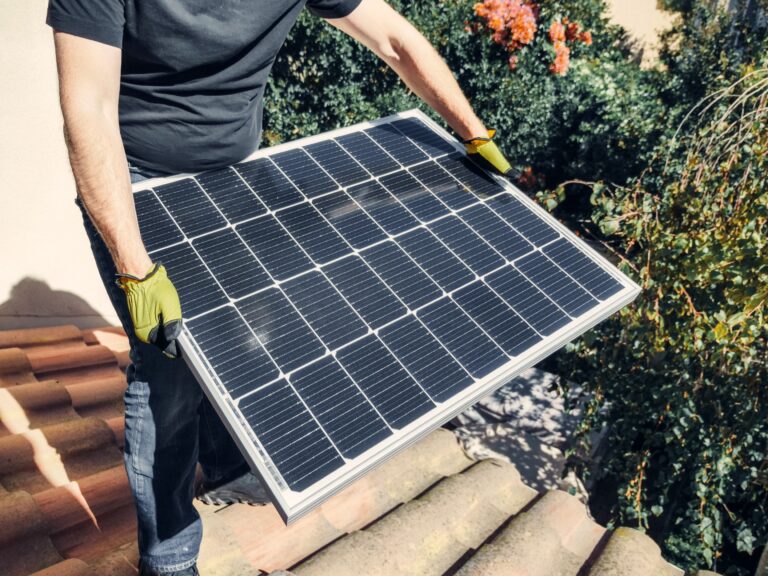

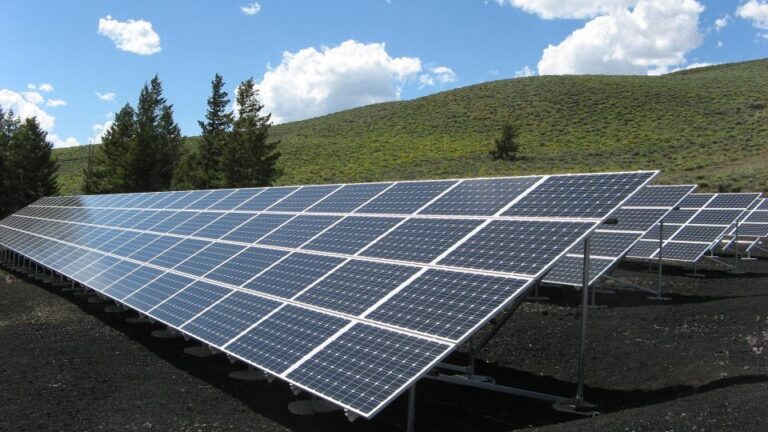
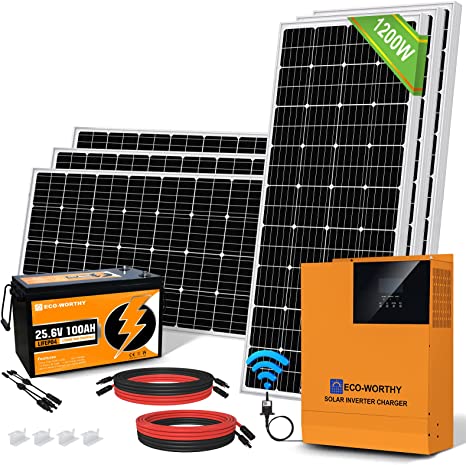
5 Comments